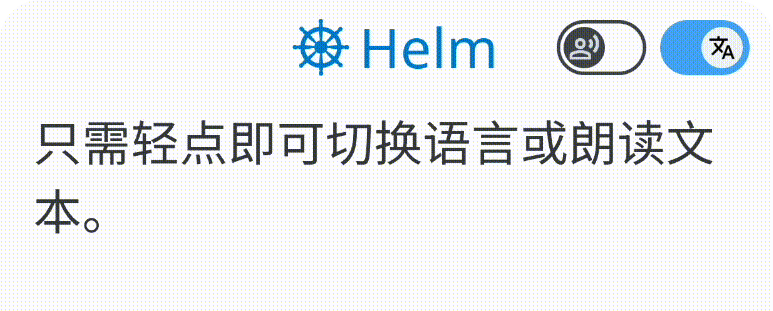 肯尼亚和马拉维由于肥料使用量减少、恶劣天气和贸易禁令而导致价格上涨,而坦桑尼亚则出口剩余玉米。
肯尼亚和马拉维由于肥料使用量减少、恶劣天气和贸易禁令而导致价格上涨,而坦桑尼亚则出口剩余玉米。  Maize prices rise in Kenya and Malawi due to lower fertiliser usage, adverse weather, and trade bans, while Tanzania exports surplus maize.
Maize prices rise in Kenya and Malawi due to lower fertiliser usage, adverse weather, and trade bans, while Tanzania exports surplus maize.
 与其他东非和南部非洲(欧空局)国家相比,肯尼亚和马拉维的玉米价格大幅上涨。
与其他东非和南部非洲(欧空局)国家相比,肯尼亚和马拉维的玉米价格大幅上涨。  Maize prices in Kenya and Malawi have increased significantly in comparison to other East and Southern African (ESA) countries.
Maize prices in Kenya and Malawi have increased significantly in comparison to other East and Southern African (ESA) countries.  经济学家认为这是马拉维化肥使用量减少的原因,原因是费用增加、恶劣天气条件和贸易禁令导致玉米产量下降。
经济学家认为这是马拉维化肥使用量减少的原因,原因是费用增加、恶劣天气条件和贸易禁令导致玉米产量下降。  Economists attribute this to lower fertiliser usage in Malawi due to cost increases, adverse weather conditions, and trade bans, leading to decreased maize production.
Economists attribute this to lower fertiliser usage in Malawi due to cost increases, adverse weather conditions, and trade bans, leading to decreased maize production.  另一方面,坦桑尼亚由于降雨量高于平均水平而经历了丰收,使其成为该区域主要的玉米出口国。
另一方面,坦桑尼亚由于降雨量高于平均水平而经历了丰收,使其成为该区域主要的玉米出口国。  Tanzania, on the other hand, has experienced bumper harvests due to above-average rainfall, making it a key maize exporter to the region.
Tanzania, on the other hand, has experienced bumper harvests due to above-average rainfall, making it a key maize exporter to the region.  如果区域市场能够有效运作,肯尼亚和马拉维的玉米价格将反映坦桑尼亚等剩余生产国的价格。
如果区域市场能够有效运作,肯尼亚和马拉维的玉米价格将反映坦桑尼亚等剩余生产国的价格。  If regional markets were operating efficiently, maize prices in Kenya and Malawi would reflect the prices in surplus-producing countries like Tanzania.
If regional markets were operating efficiently, maize prices in Kenya and Malawi would reflect the prices in surplus-producing countries like Tanzania.  竞争主管机构应采取区域办法,通过监测市场、评估区域贸易壁垒和干预反竞争行为,确保市场在定价和贸易方面运作良好。
竞争主管机构应采取区域办法,通过监测市场、评估区域贸易壁垒和干预反竞争行为,确保市场在定价和贸易方面运作良好。  Competition authorities should take a regional approach to ensure that markets operate well in terms of pricing and trade, by monitoring markets, assessing barriers to regional trade, and intervening in cases of anti-competitive conduct.
Competition authorities should take a regional approach to ensure that markets operate well in terms of pricing and trade, by monitoring markets, assessing barriers to regional trade, and intervening in cases of anti-competitive conduct.

 肯尼亚和马拉维由于肥料使用量减少、恶劣天气和贸易禁令而导致价格上涨,而坦桑尼亚则出口剩余玉米。
肯尼亚和马拉维由于肥料使用量减少、恶劣天气和贸易禁令而导致价格上涨,而坦桑尼亚则出口剩余玉米。  与其他东非和南部非洲(欧空局)国家相比,肯尼亚和马拉维的玉米价格大幅上涨。
与其他东非和南部非洲(欧空局)国家相比,肯尼亚和马拉维的玉米价格大幅上涨。  经济学家认为这是马拉维化肥使用量减少的原因,原因是费用增加、恶劣天气条件和贸易禁令导致玉米产量下降。
经济学家认为这是马拉维化肥使用量减少的原因,原因是费用增加、恶劣天气条件和贸易禁令导致玉米产量下降。  另一方面,坦桑尼亚由于降雨量高于平均水平而经历了丰收,使其成为该区域主要的玉米出口国。
另一方面,坦桑尼亚由于降雨量高于平均水平而经历了丰收,使其成为该区域主要的玉米出口国。  如果区域市场能够有效运作,肯尼亚和马拉维的玉米价格将反映坦桑尼亚等剩余生产国的价格。
如果区域市场能够有效运作,肯尼亚和马拉维的玉米价格将反映坦桑尼亚等剩余生产国的价格。  竞争主管机构应采取区域办法,通过监测市场、评估区域贸易壁垒和干预反竞争行为,确保市场在定价和贸易方面运作良好。
竞争主管机构应采取区域办法,通过监测市场、评估区域贸易壁垒和干预反竞争行为,确保市场在定价和贸易方面运作良好。  Maize prices rise in Kenya and Malawi due to lower fertiliser usage, adverse weather, and trade bans, while Tanzania exports surplus maize.
Maize prices rise in Kenya and Malawi due to lower fertiliser usage, adverse weather, and trade bans, while Tanzania exports surplus maize.